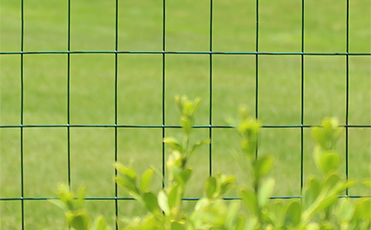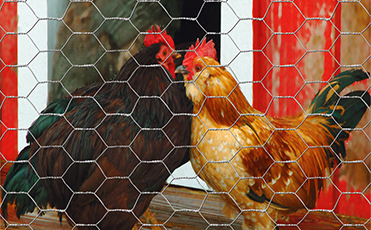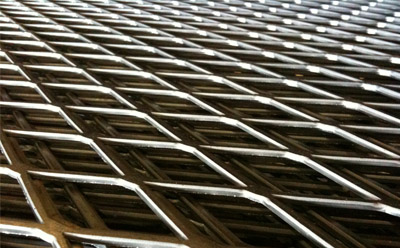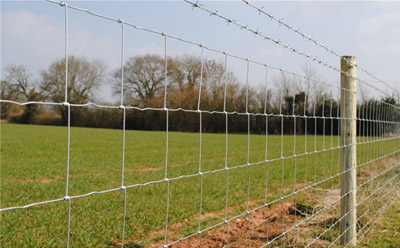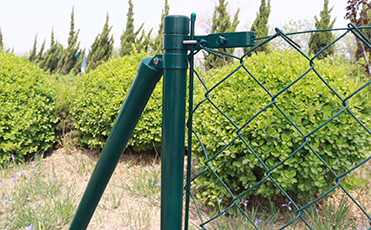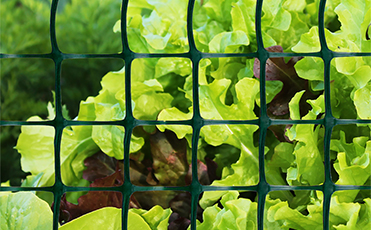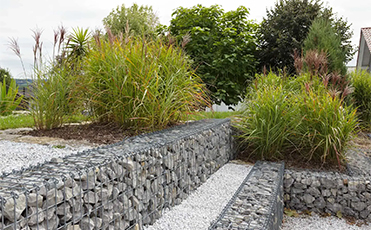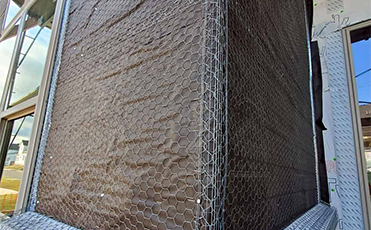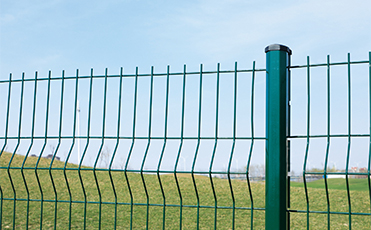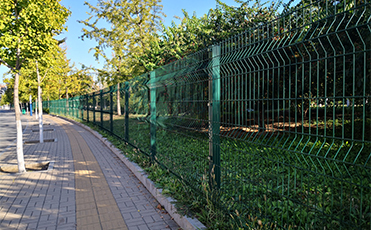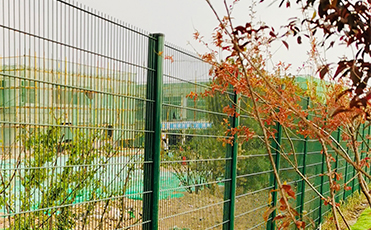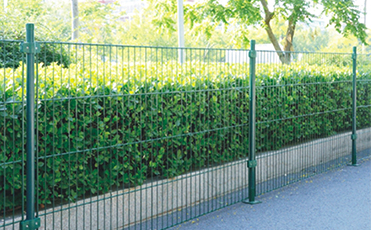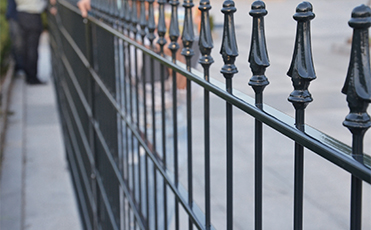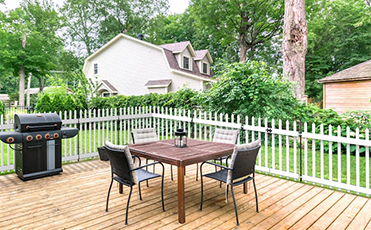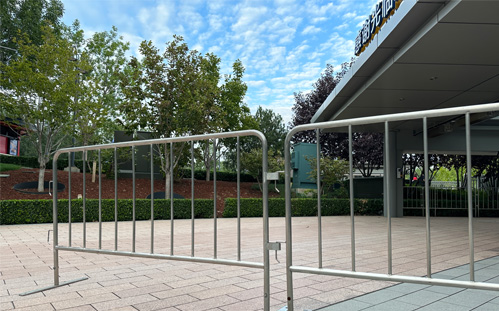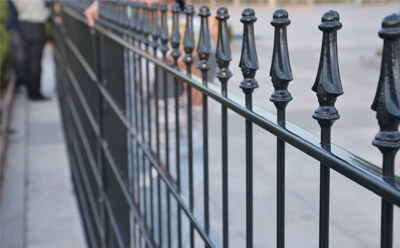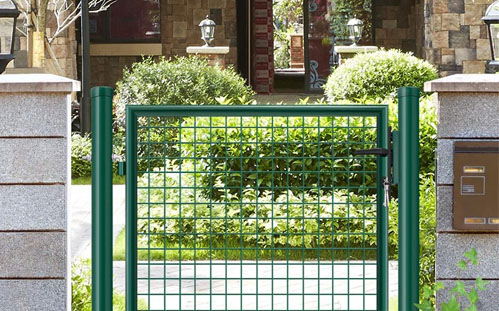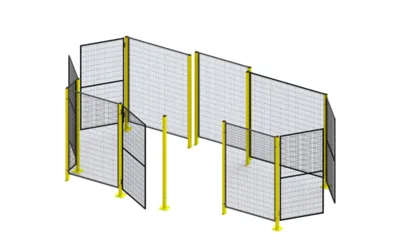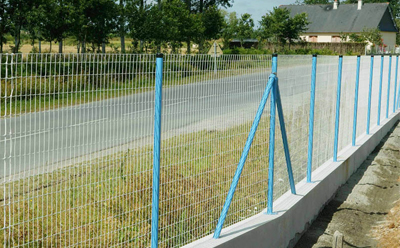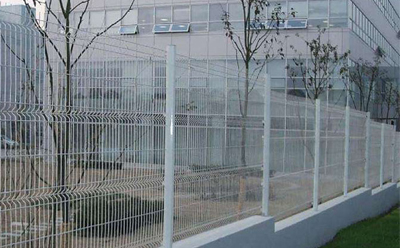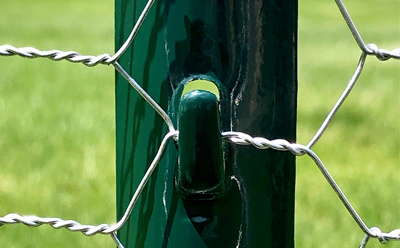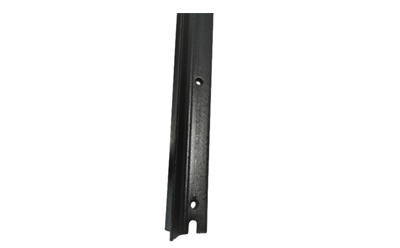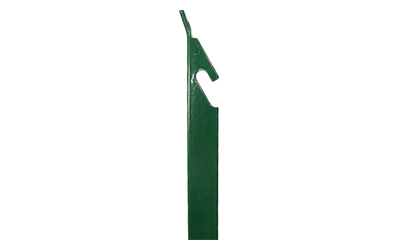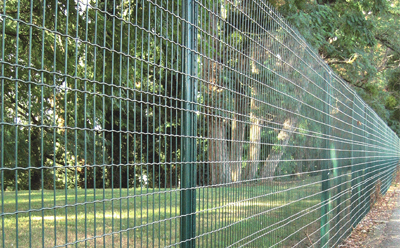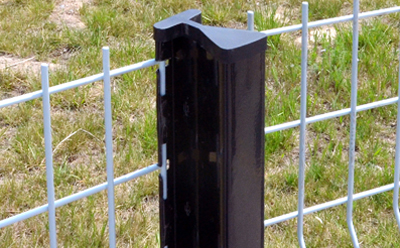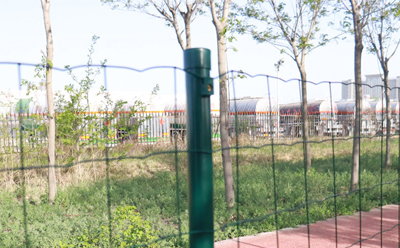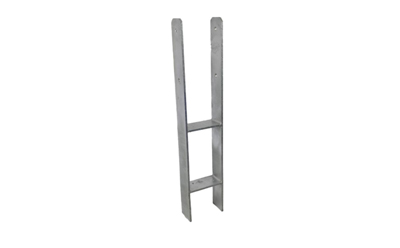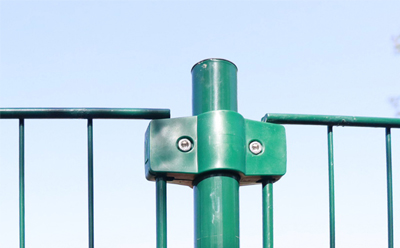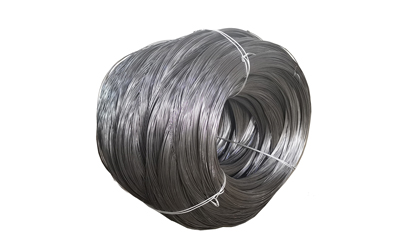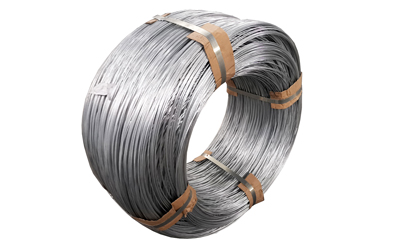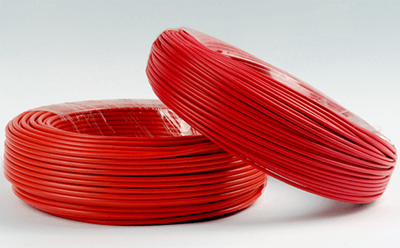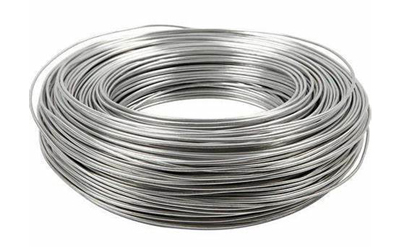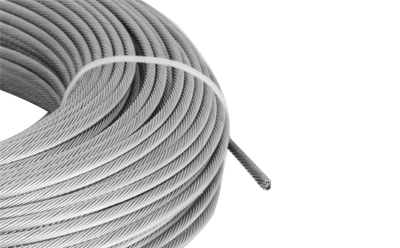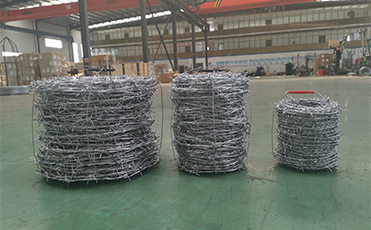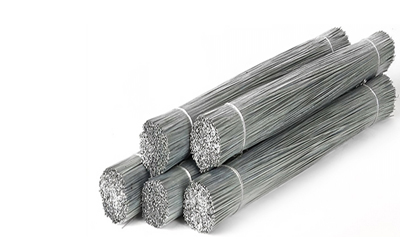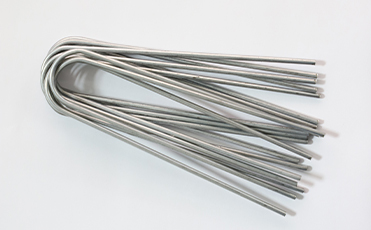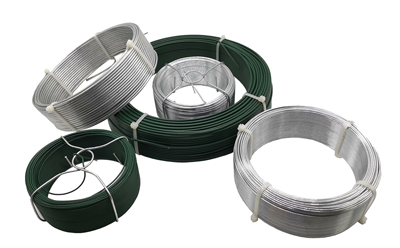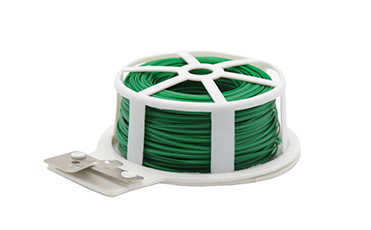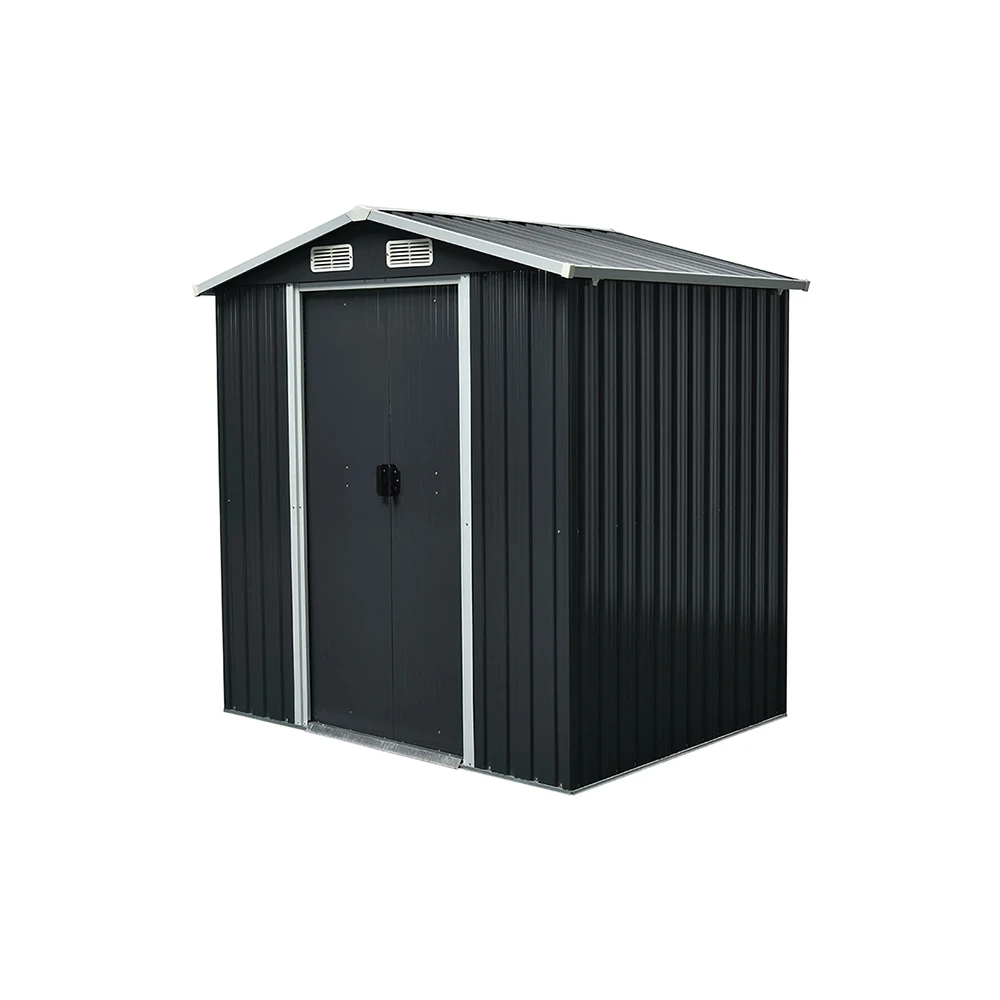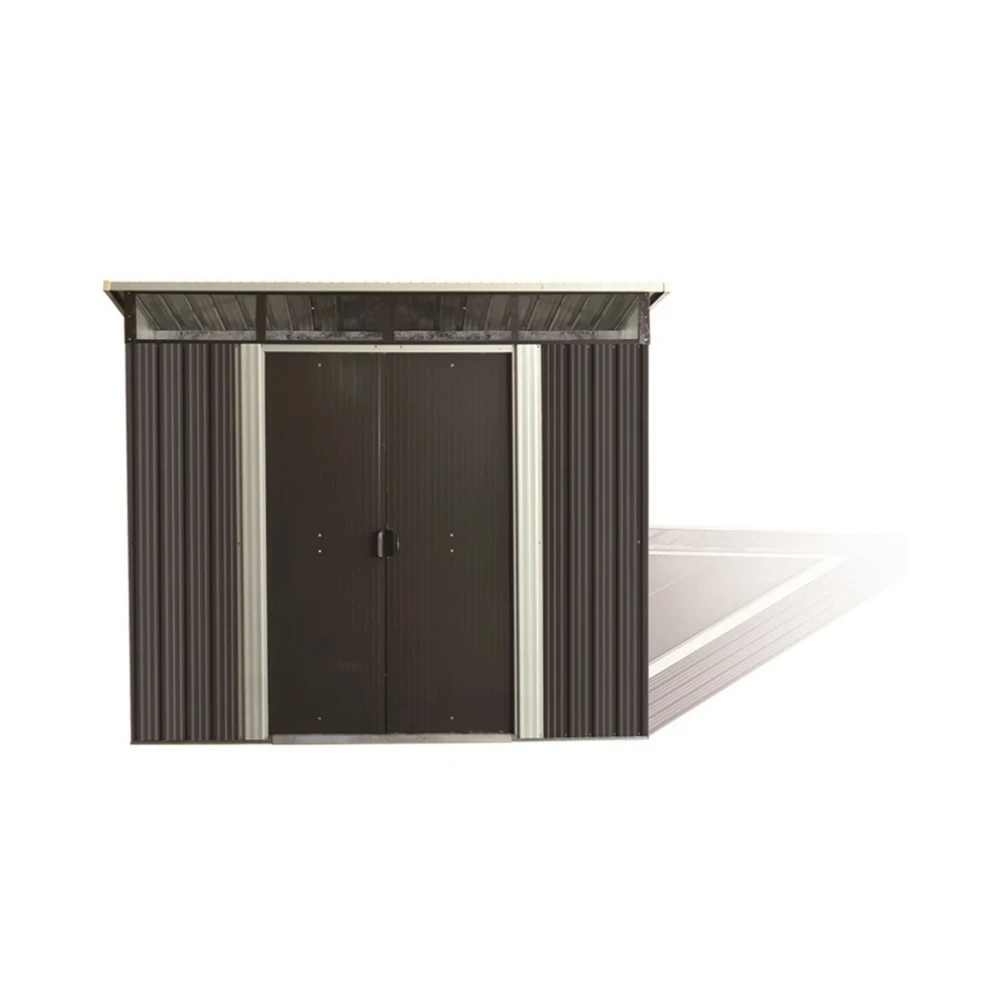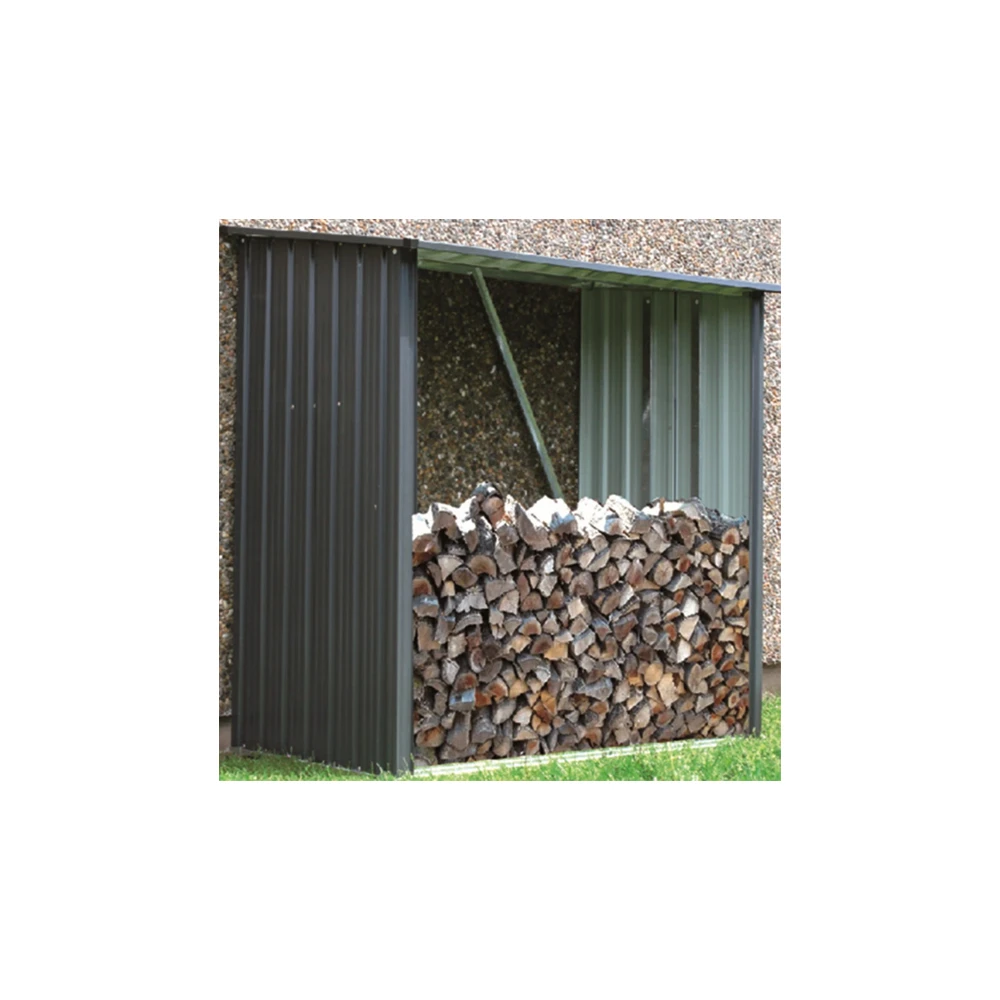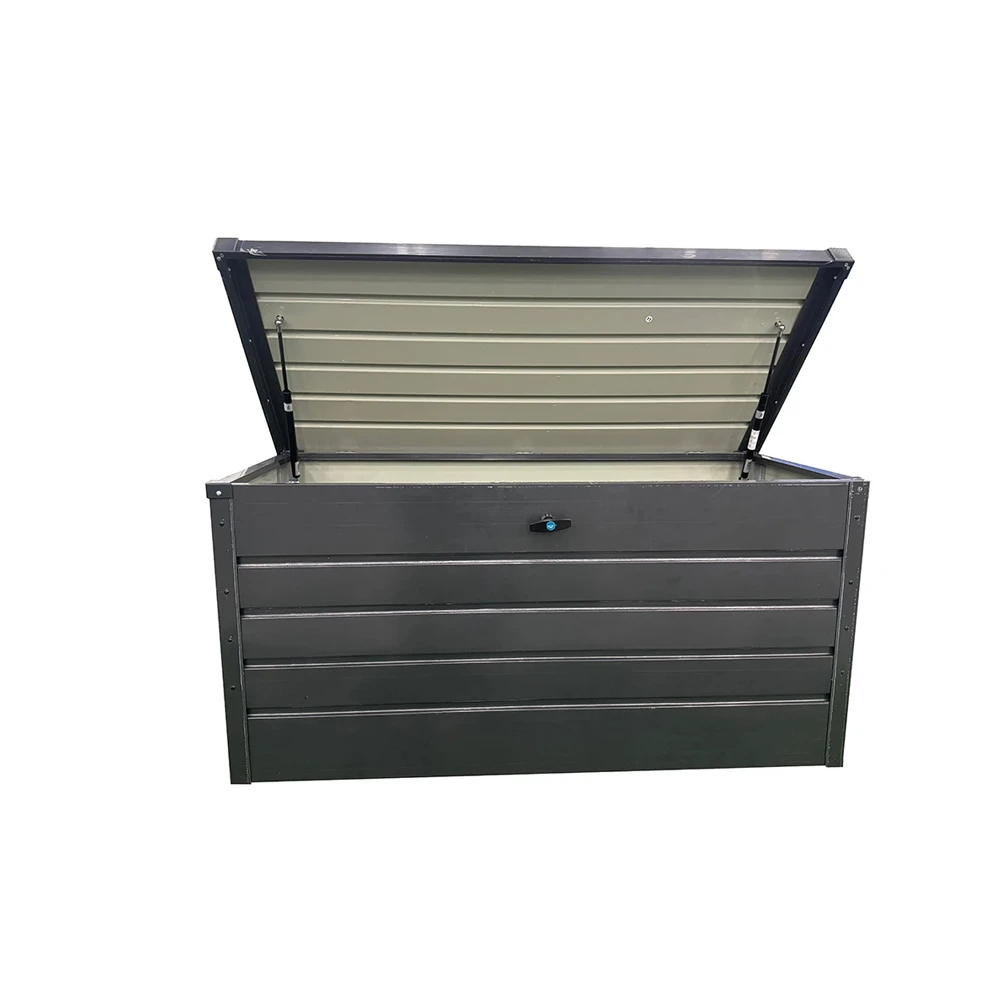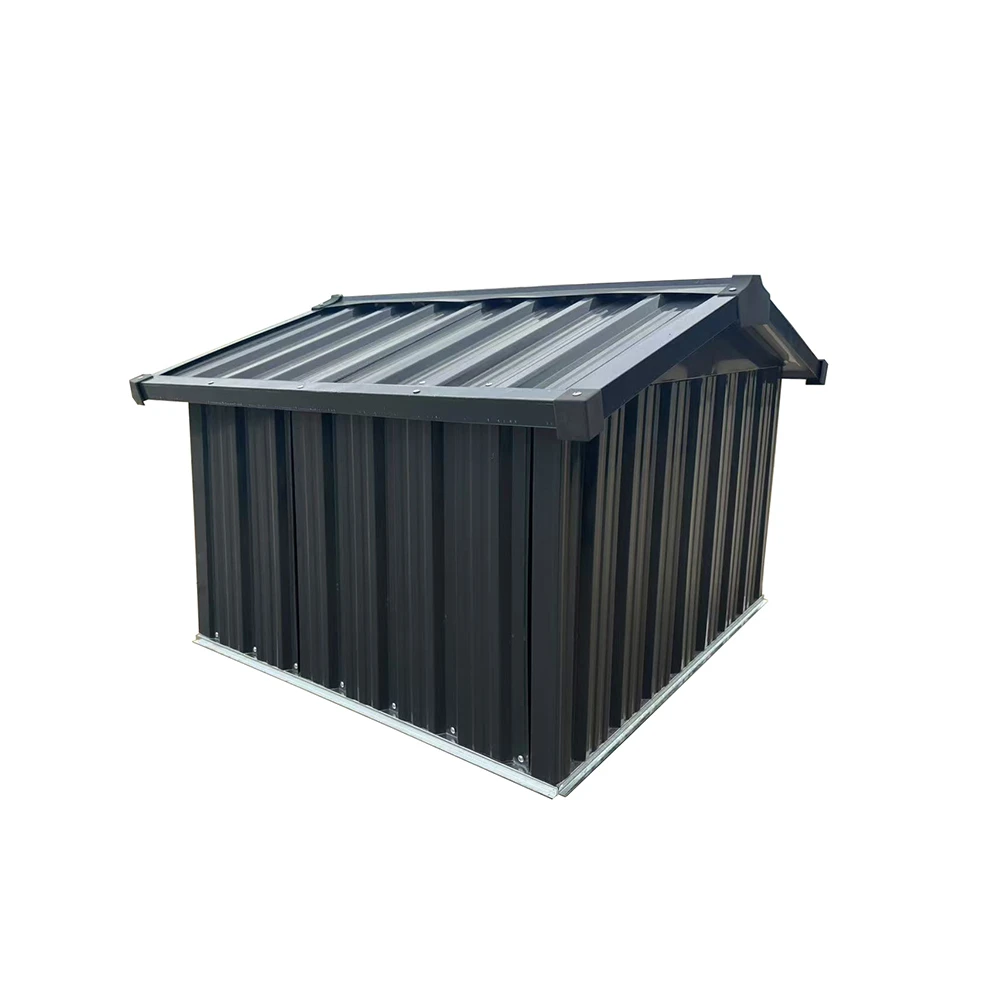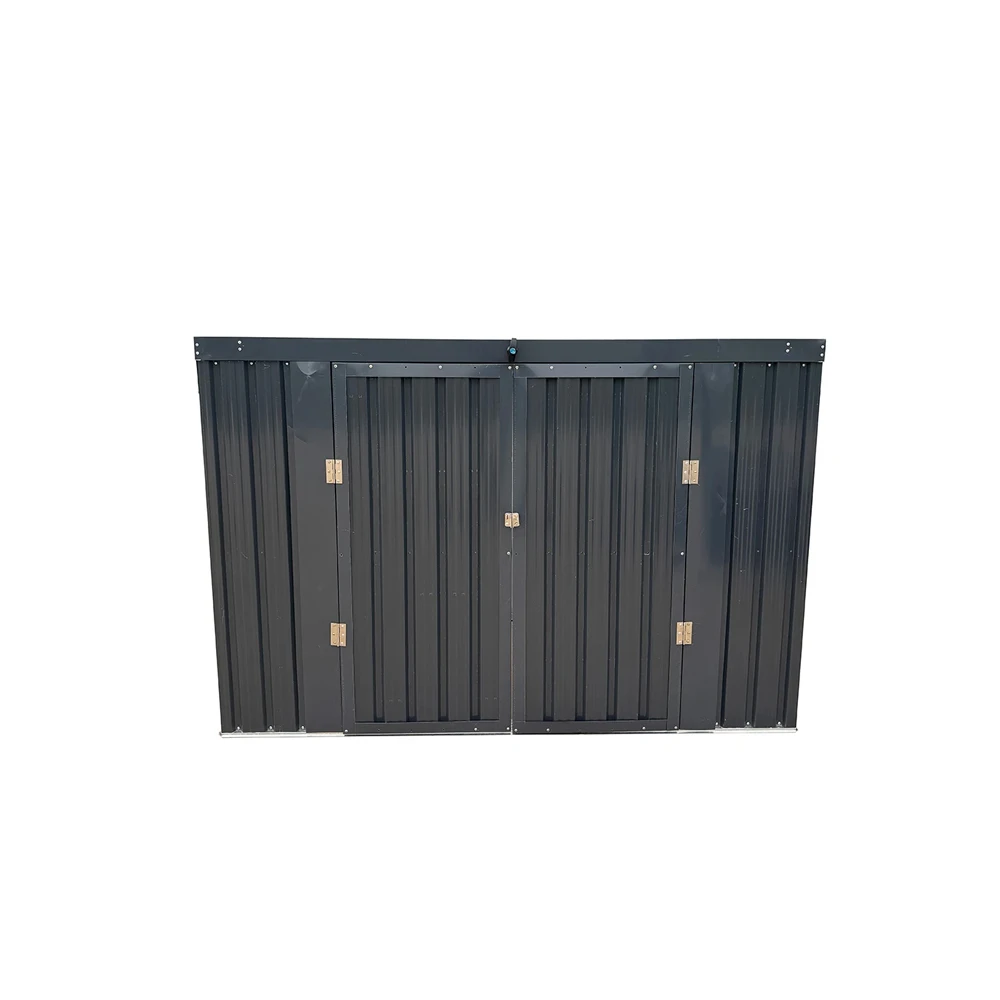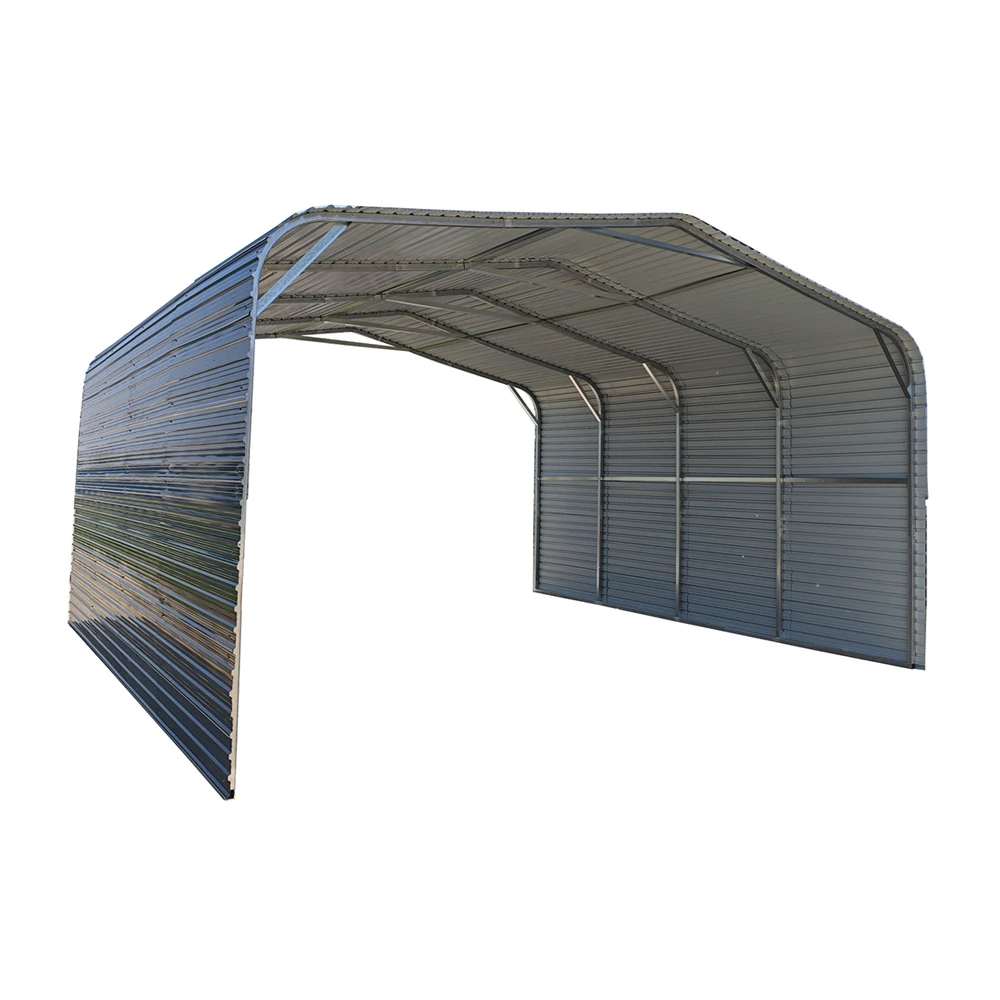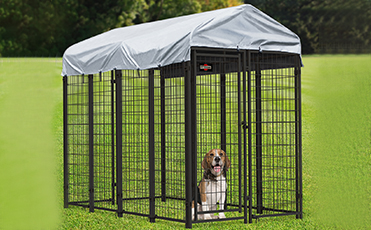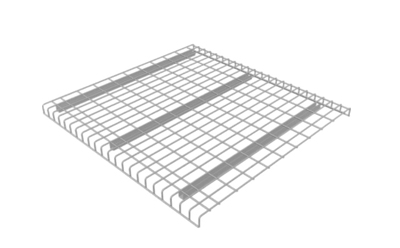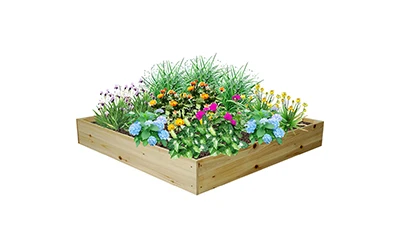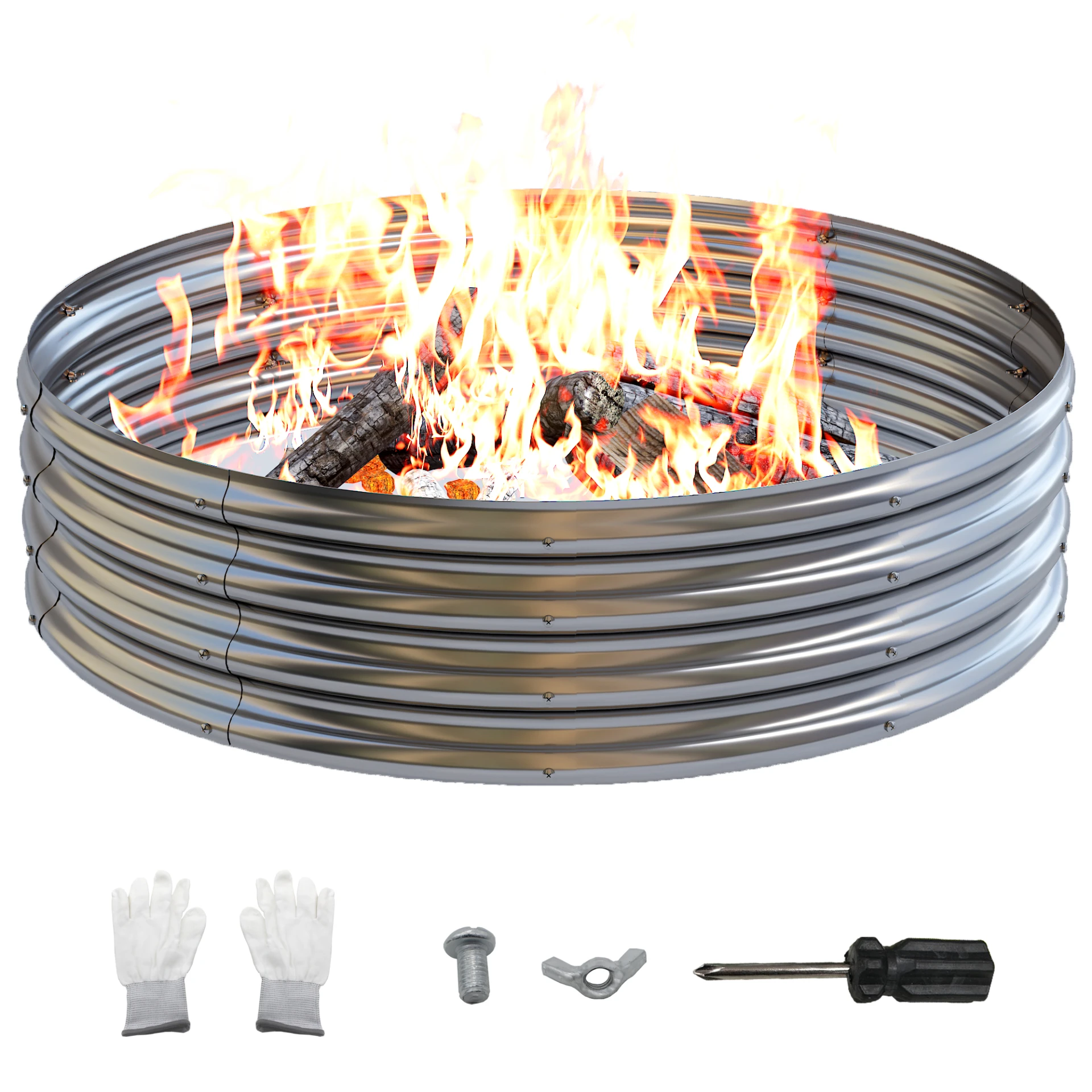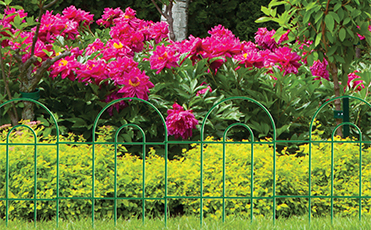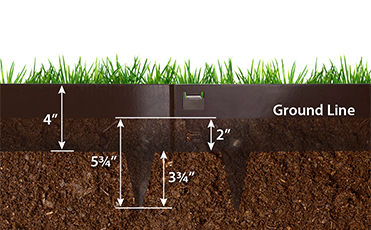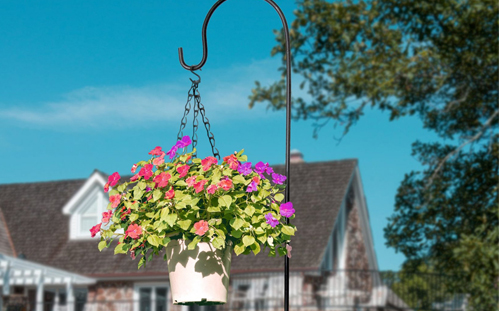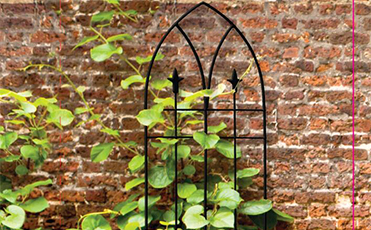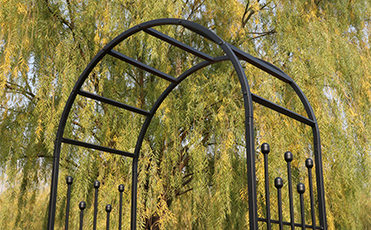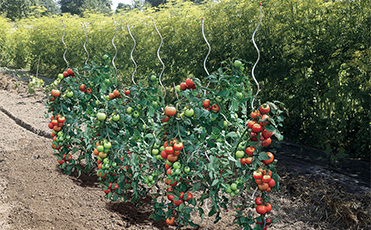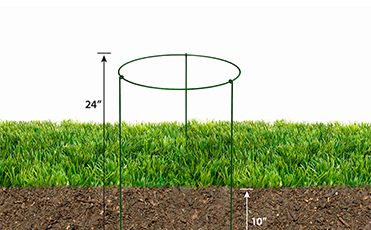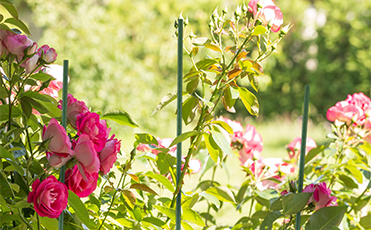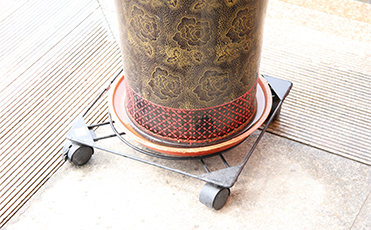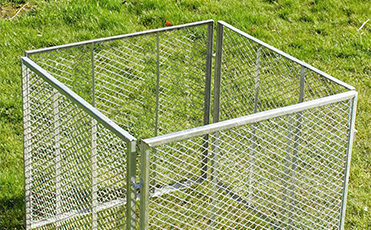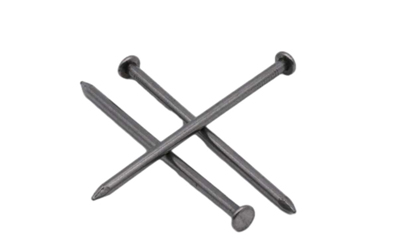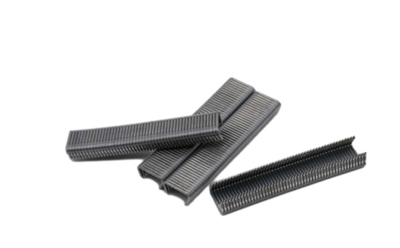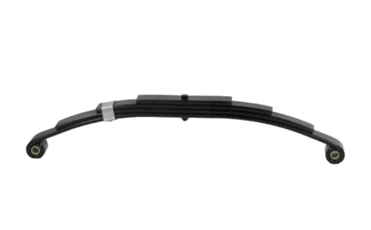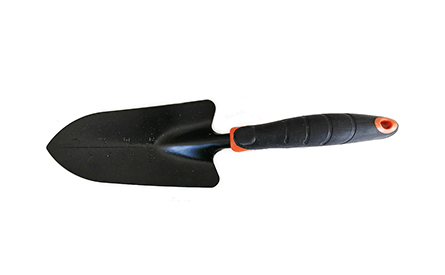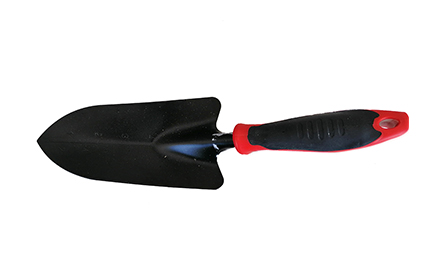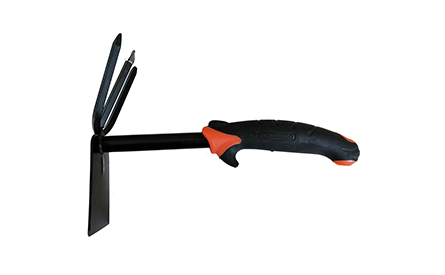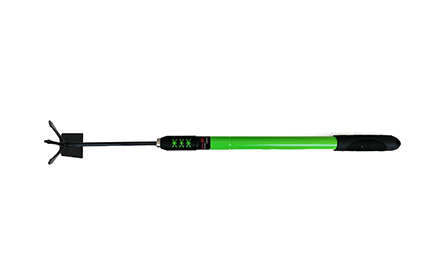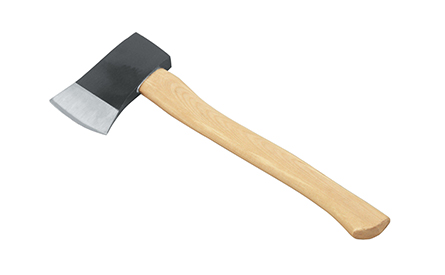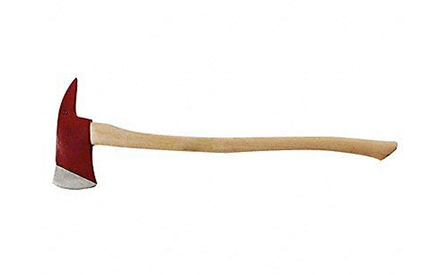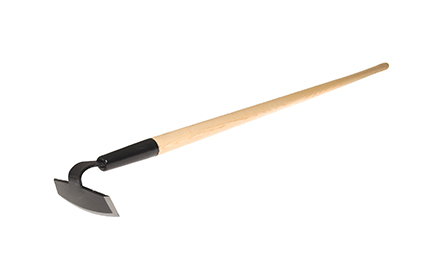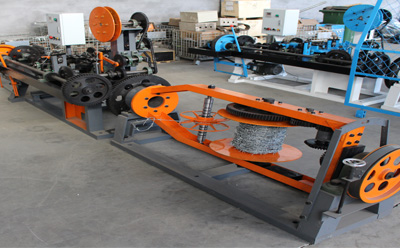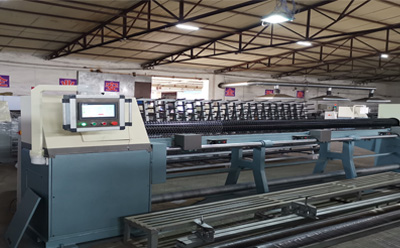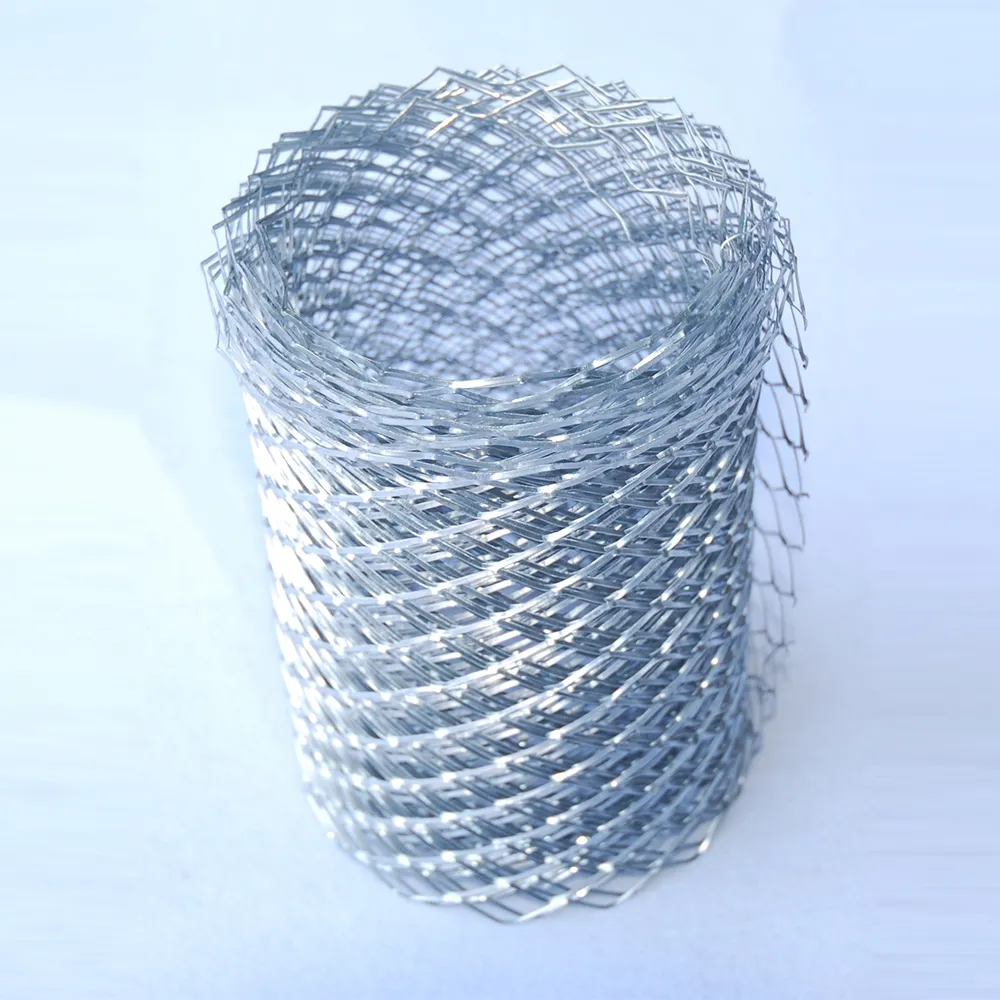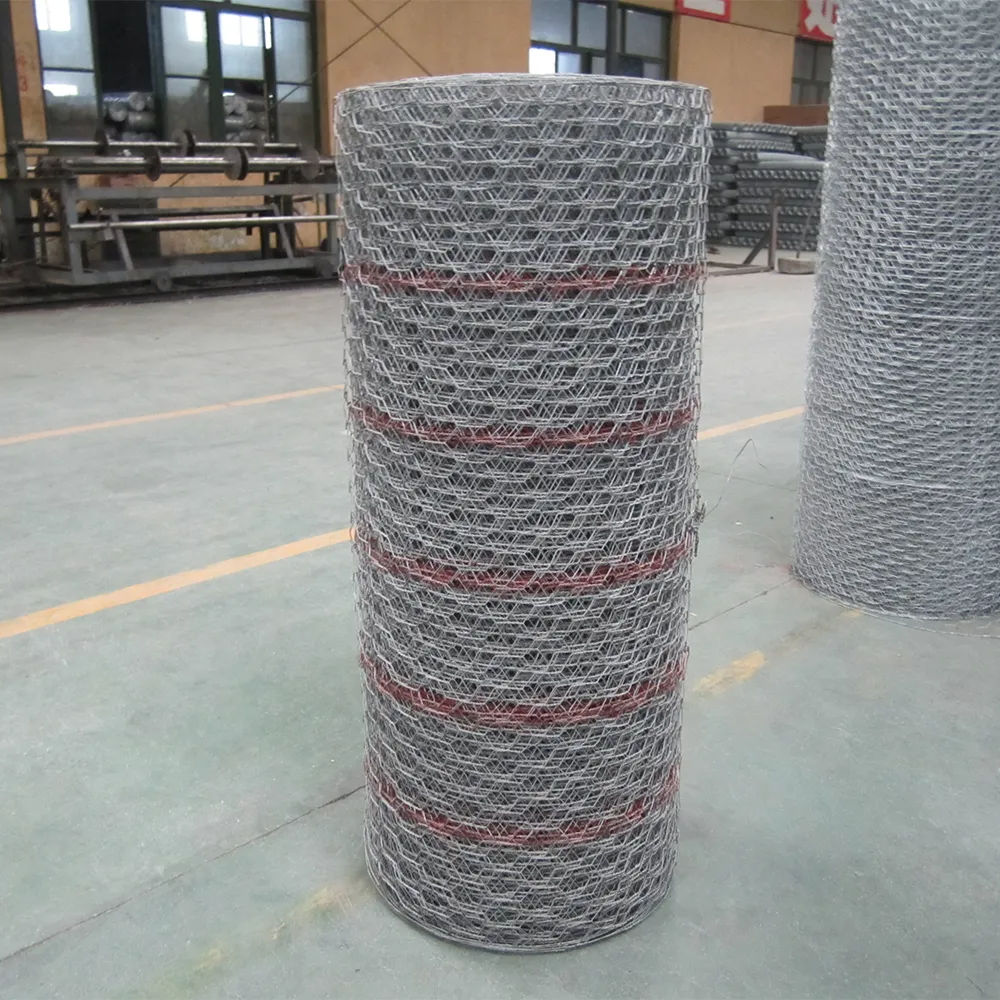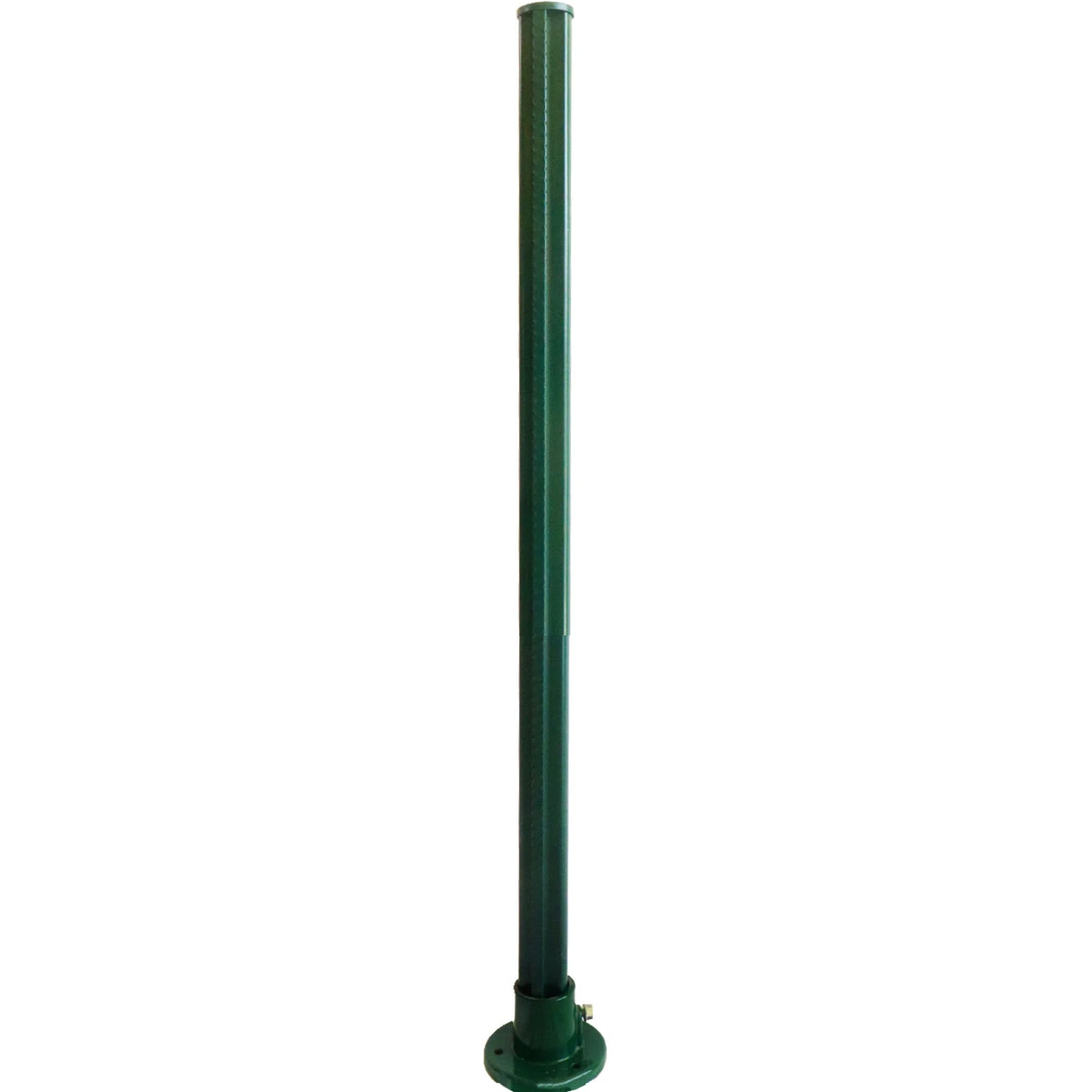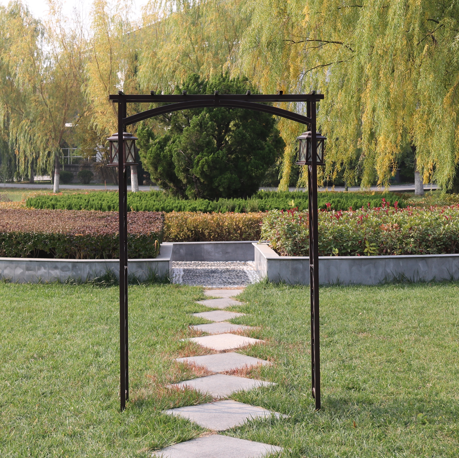Creating a Durable and Stylish Wire Garden Fence to Enhance Your Outdoor Space
Aug . 10, 2024 02:00The Beauty and Benefits of a Wire Garden Fence
A garden is often a reflection of its caretaker’s personality, a sanctuary where nature and creativity intertwine. One of the key elements that can enhance both the aesthetic appeal and functionality of a garden is a wire garden fence. While traditional wooden or brick fences serve their purpose, wire fences offer a blend of versatility, durability, and a touch of rustic charm.
Aesthetic Appeal
Wire garden fences are not just utilitarian; they also possess a unique beauty. The delicate, lattice-like appearance of wire can complement a variety of garden styles, from quaint cottage gardens to modern minimalist landscapes. They allow for visibility, inviting curiosity rather than imposing barriers. Gardeners can showcase vibrant flowers, lush shrubs, and ornamental plants through the open structure of a wire fence. This transparency can create an enchanting interplay of light and shadow, particularly when draped with climbing plants or adorned with fairy lights.
Functionality and Utility
Beyond aesthetics, wire garden fences provide significant functional benefits. One of the primary reasons homeowners opt for a wire fence is to protect their gardens from unwanted visitors, both human and animal. These fences can deter rabbits, deer, and even smaller critters that may see a well-tended garden as an inviting buffet. Unlike solid barriers, wire fences can be designed to be tall enough to keep larger animals at bay while still allowing beneficial insects like bees to traverse in and out freely.
Installation is another key advantage. Wire fences are generally easier and quicker to set up than traditional wooden ones. They can be fabricated in various materials, including galvanized steel or wrought iron, ensuring that they can withstand the elements. This durability means less maintenance and longer-lasting protection for the garden.
Versatility in Design
wire garden fence

Wire garden fences come in an array of designs, from simple mesh panels to elaborate trellises. Homeowners can choose the style that best complements their garden while ensuring it meets their specific needs. For instance, a taller, sturdier wire fence may be ideal for a vegetable garden to keep larger pests away, while a shorter, decorative option could serve to outline flower beds or pathways. Additionally, these fences can be interspersed with gates, allowing for easy access while maintaining the integrity of the overall design.
Creating Micro-Environments
Using a wire fence can also help to create micro-environments within a garden. For instance, a section of the garden can be fenced with wire to cultivate specific plants that require different conditions, such as shade or more moisture. This segmentation can promote biodiversity and allow gardeners to experiment with diverse plant species.
A Sustainable Choice
In this age of growing environmental consciousness, choosing a wire garden fence can also reflect a commitment to sustainability. Many wire materials are recyclable, and the long lifespan of a wire fence reduces the need for frequent replacements compared to some other fencing options. Moreover, the openness of a wire fence fosters an ecosystem in which beneficial insects can thrive, promoting natural pest control without the use of harmful chemicals.
Conclusion
In conclusion, a wire garden fence is not merely a boundary; it is an enhancement to a gardener’s haven. With its blend of beauty and practicality, it serves as both a protector of your plants and a visual delight. Whether you are aiming to keep your prized blooms safe from unwelcome visitors or simply looking to add an artistic touch to your outdoor space, a wire garden fence could very well be the perfect choice. By integrating functionality with aesthetic appeal, it allows for creativity and growth, embodying the essence of a vibrant garden.
Copyright © 2025 Hebei Minmetals Co., Ltd. All Rights Reserved. Sitemap | Privacy Policy

